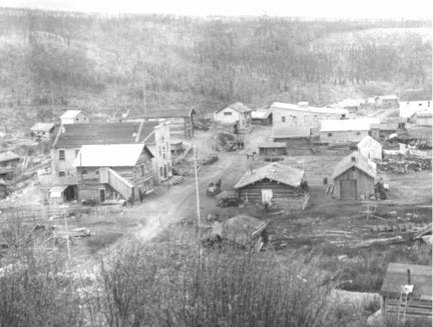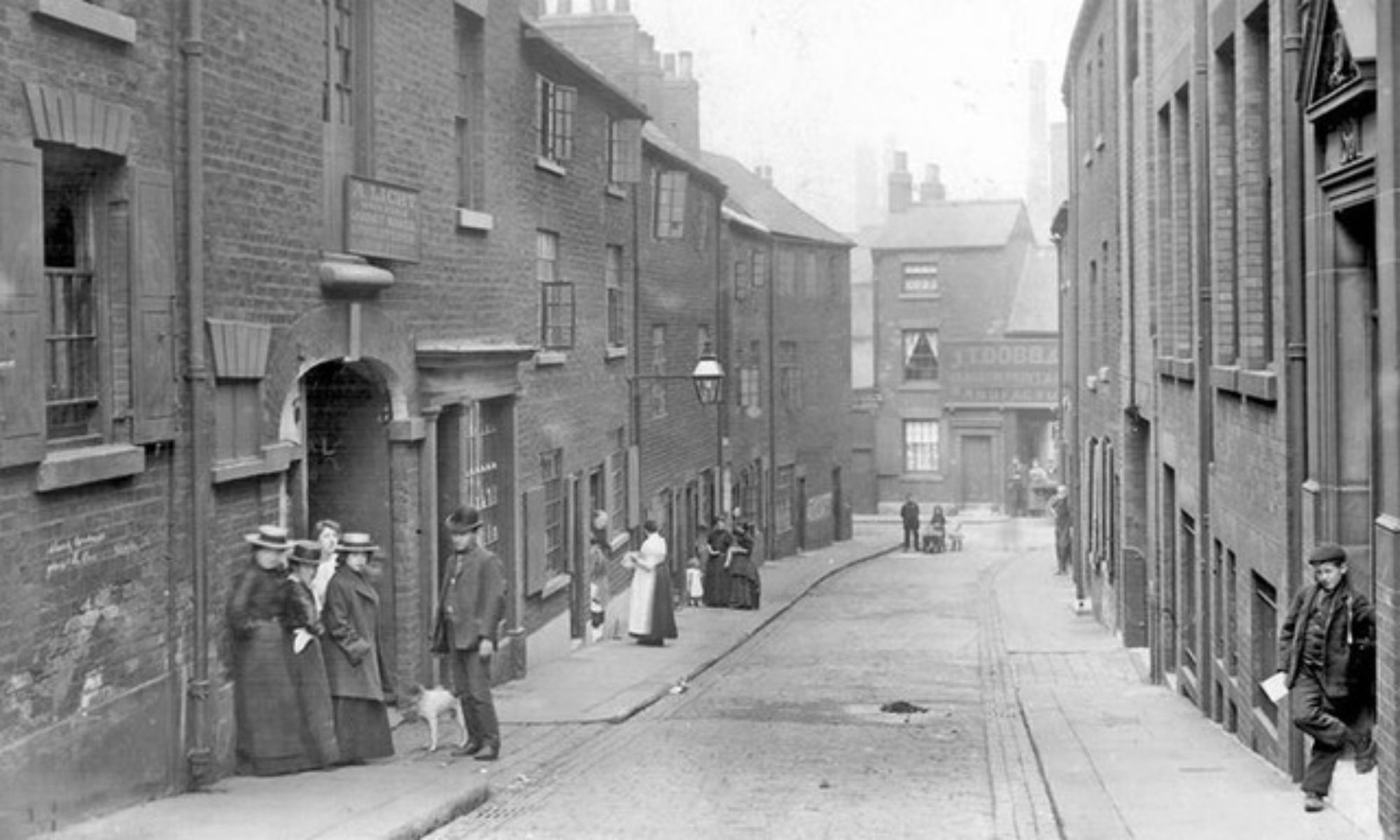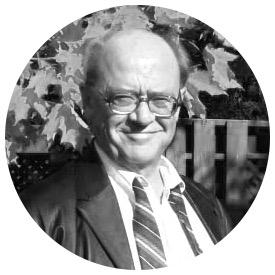Begin forwarded message:
From: ALAN SKEOCH <alan.skeoch@rogers.com>Subject: EPISODE 216 THE YUKON JOB PART 5 MINING TIMELINE TO HELP SORT OUT EVENTSDate: January 3, 2021 at 10:40:14 AM ESTTo: Marjorie Skeoch <marjorieskeoch@gmail.com>, Alan Skeoch <alan.skeoch@rogers.com>, John Wardle <john.t.wardle@gmail.com>
WHEN WORKING IN THE YUKON
The silver mining town of Elsa in the boom years of the 1960,s. When the boom collapsed these company houses were suddenly vacant and shuttered.
Buildings that could be moved were sold. When Elsa became empty a caretaker was hired to maintain the protect the town.
EPISODE 216 THE YUKON JOB PART 5 TIMELINE TO HELP SORT OUT EVENTSAlan skeochJan. 2, 2021

WHERE DID THE SILVER ORE ORIGINATE?
DR.AHO, WHO WE WORKED WITH IN 1962 WROTE THAT SILVER, GOLD, AND OTHER VALUABLE MINERALS CAME FROM
“tens of millions of years ago, these rocks were arched up causing fissures which penetrated tens of miles deep, tapping a hot subcrustal crucible from which sulphur, lead, zinc, silver, gold and other elements spread upward. In the softer rocks, the fissures remained tight and discontinuous, but in the harder rocks (quartzites and greenstones), they ground against other cross fractures and branched like forked lightning. As the rocks were strained again and again, these fissures dilated repeatedly while fabulous riches continued to pour into the openings and solidify as veins containing exotic silver minerals.”
Dr. Aaro Ano

KENO HILL SILVER DISTRICT
“The legendary Keno Hill Camp in the Yukon Territory was host to Canada’s second largest primary silver producer and one of the richest Ag-Pb-Zn vein deposits ever mined in the world. Following a small amount of hand mining between 1913 and 1917, larger scale production was almost continuous from 1919 to 1989 with over 200 million ounces of silver was produced at an average grade of 1373 grams per tonne
Keno Hill produced more wealth than the Klondike, one of the richest placer gold districts in the world, and became one of the mainstays of the Yukon economy from the 1920s to 1960s, following the end of the gold rush. Larger scale and mechanized production was virtually continuous from 1919 to 1989, with Treadwell Yukon Corp. Ltd. and United Keno Hill Mines Ltd. (UKHM) producing the majority of ore. Both companies went bankrupt due to a period of sustained low silver prices.”Report dated March 26, 2017, by AlexcoBelow is a timeline that explains what has happened on Keno Hill andrelated mines. We were therein 1962, the boom years of the 1960’s’ when mining companies hoped to find new silver veinsusing geophysical technology. (in our case the Turam system developed in Sweden.)We were ‘field men’ and were never told if we were a success or a failure. Resultsof our surveys were secret usually. Simplly put… I was just a’field man’ gathering geophysical
data for professionals at Huntec in Toronto to interpret.
Alan Skeoch, January 2, 2021
HISTORY OF THE KENO HILL SILVER DISTRICT
- 1898 Placer gold discovery in Duncan Creek brought prospectors from the Klondike goldfields.
- 1902 Mayo township established.
- 1903 Argentiferous galena discovered at Silver King and mined 1913‐1917.
- 1918 Argentiferous galena discovered on Keno Hill.
- 1919 Keno Hill Ltd staked claims on Keno Hill.
- 1920 Keno City established.
- Grades had to be more than 125 oz/t to be economic, cost of horse transport to Mayo the same as to smelters in US.
- 1921 Treadwell Yukon Company acquired claims at Sadie Ladue on Keno Hill.
- 1925 Treadwell established mill at Sadie Ladue. Bulldozers significantly reduced the cost of ore haulage.
- 1927 Treadwell acquired Lucky Queen high grade mine.
- All operations suspended in 1932 during Depression.
- 1934 Treadwell Yukon acquired all the Keno Hill Ltd properties.
- 1924 Elsa vein discovered on Galena Hill, re‐opening of Silver King and discovery of Hector–Calumet, and optioned by Treadwell Yukon.
- 1935 Mill moved to Elsa and mining continued until 1941 when all work ceased and equipment was sold to US Army for construction of Alaska Highway during World War II.
- Livingstone Wernecke had led Yukon Treadwell and produced 44 Moz silver with 80% milled at 60 oz/t and 20% hand-sorted at 340 oz/t. 60% of production came from Keno Hill.
- 1946 Treadwell Yukon assets purchased by Keno Hill Mining Company, later named United Keno Hill Mines (UKHM), and mill began re‐operating. Power was generated from coal mine purchased in Carmacks, and transport was improved by the government building the Whitehorse – Mayo road.
- 1951 New discoveries at Hector‐Calumet led to construction of a town and a new mill built at Elsa, with power supplied from a new hydro plant in Mayo.
- UKHM’s success bought new companies to the district and another mill was built at Mackeno near Christal Lake.
- 1950 Zinc recovery became economic.
- New exploration from 1963 led to the discovery of the Husky deposit in 1970 just as the Hector‐Calumet was closing.
- At peak in 1960’s UKHM (United Keno Hill Mines) had 600 employees, and with families, supported about 20% of the Yukon population. The operation also kept the White Pass Railway going and was responsible for the development of the Mayo airport.
- 1972 Husky Mine commenced production.
- 1977 Economics became uncertain due to fluctuations in silver price, open pit mining commenced unsuccessfully.
- 1982 ‐ 1989 Small scale tribute mining continued until UKHM closed.
- 1990 ‐ 1998 Dominion Mineral Resources and Sterling Frontier Properties acquired 32% of UKHM, conducted exploration but were unsuccessful in reopening mines; rights reverted to UKHM but environmental liabilities and site maintenance drove UKHM bankrupt. Federal government inherited assets.
- 2006 Alexco Resource Corp purchased the UKHM property.
- 2010 Metallic Minerals predecessor acquired Keno Hill claims.
- 2017 Metallic Minerals added to its land position, nearly tripling its total Keno Hill Silver District holdings to 166 square kilometres.
Report March 28,2017 by Alexco
ELSA, KENO,AND CALUMET
BY LES MCLAUGHLIN
Elsa, Keno, and Calumet are sometimes the forgotten communities in the grand scheme of Yukon history. They are, however, no less important to the history of the land. They are – or were – communities along the so-called Silver Trail.Miners had prospected the area between Mayo and Keno City since the 1880s. Elsa was established in 1914. In 1918, large deposits of silver were discovered and large-scale mining began. In 1920, Keno Hill Limited, a subsidiary of the Yukon Gold Company of Dawson, staked six hundred silver claims on Keno Hill alone. A few years later, discoveries were made on nearby Galena Hill. At one time Keno City had five hotels. In the 1920s, the area’s silver mines were famous around the world.By 1932, deposits on Keno Hill were thought to be depleted. However, prospects on Galena Hill looked good so the company moved the mill from Keno to Elsa during the winter of 1932-33. Elsa gained importance in 1935 when the Treadwell Yukon Company moved its mill from Wernecke to Elsa because of the discovery of the Calumet mineral deposits.By 1938, Elsa had a school, a hockey rink, stores, churches and a community hall. The mine employed almost two hundred workers on a year-round basis. Then, with the outbreak of World War II, the U.S. Government decided it would no longer buy foreign silver. Treadwell Mines closed their Mayo District operation.In November 1945, the Keno Hill Mining Company was formed around the old Treadwell properties, financed by the Frobisher Exploration company and Conwest Exploration Ltd.In 1947, the Treadwell Yukon Company reorganized under the name United Keno Hill Mines Limited, and revived the mines and town of Elsa. A tram line delivered ore from Calumet to the mill in Elsa whose population grew rapidly between 1950 and the mid-’60s, in part because the Calumet workers moved to Elsa so that services could be consolidated. By 1953, United Keno Hill had become Canada’s second largest silver operation, and perhaps the fourth largest in the world.Whitehorse was a busy place partly because of the endless truck loads of ore from the Keno Hill region to the waiting White Pass trains. However, in 1989, after years of losses and low silver prices, United Keno Hill Mines closed down its operations.The residents of Elsa moved away and most of the houses and buildings have been dismantled. No one remains except for caretakers. But Keno City, population 20, still thrives, nestled in the mountains at the end of the Silver Trail.
A CKRW Yukon Nugget by Les McLaughlin.


